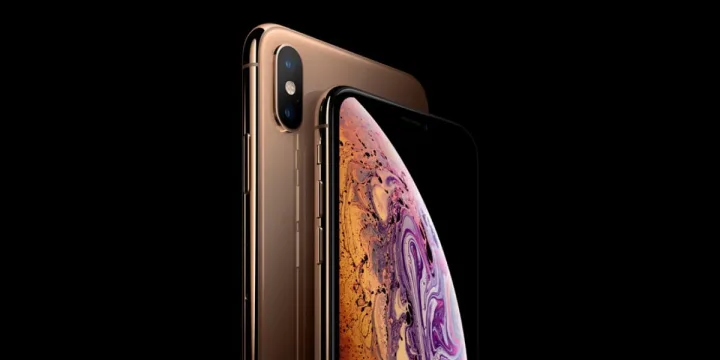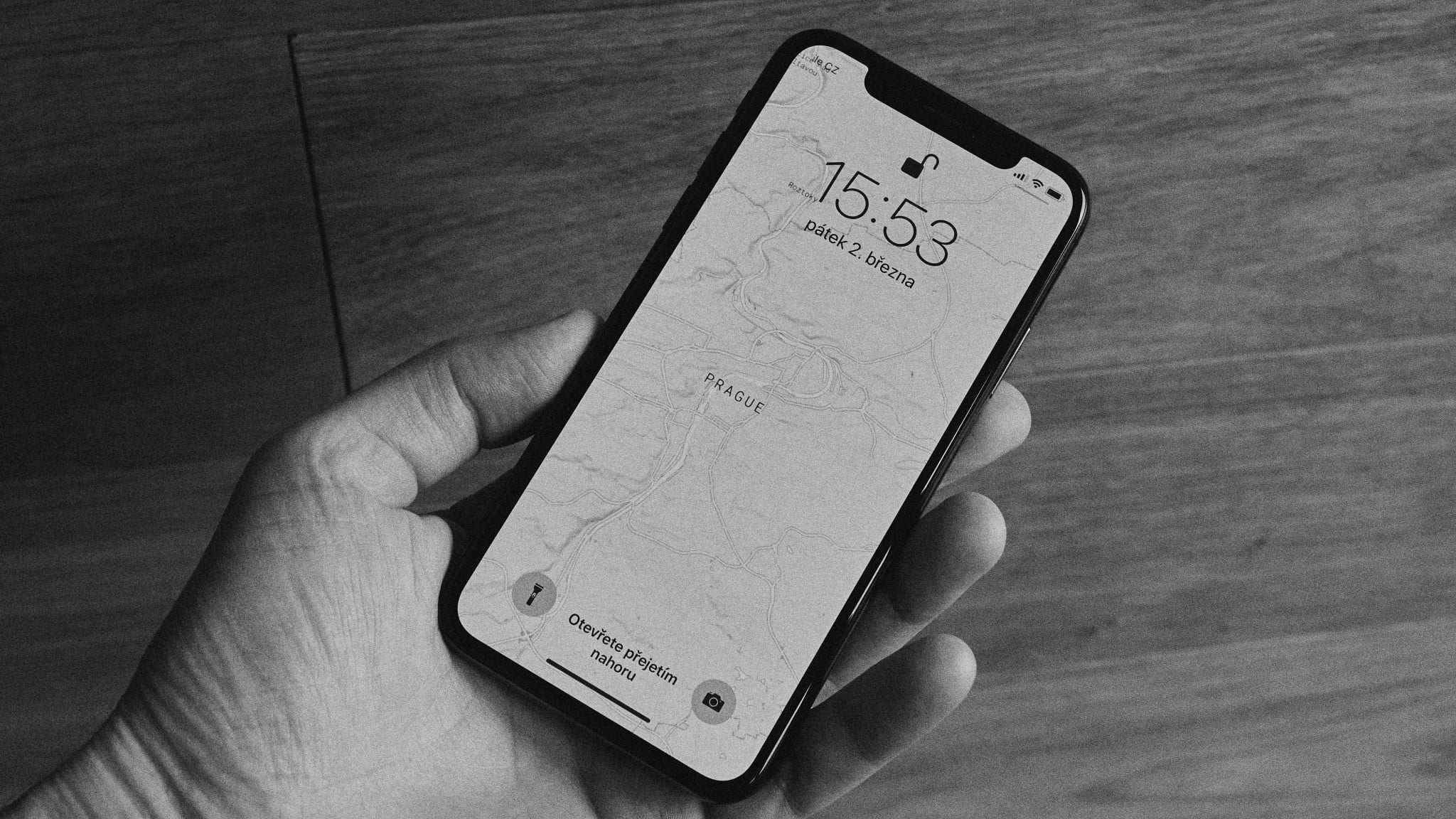Well, Apple has been accused of something really serious this time. A lawsuit filed on Friday by two plaintiffs alleged Apple for making false statements about the screen area and pixel size of its X series.
The lawsuit was filed in the US District Court of Northern California, alleging that Apple wrongfully advertised the screen sizes and pixel count of its iPhone X, iPhone XS, and iPhone XS Max. The plaintiffs are firm on holding Apple accountable for its false statements. However, Apple has not responded on the issue yet.
The suit filed was a 55 paged document that put the argument straight that Apple has failed to provide the “All screen” phone. The sizes and pixel count stated by Apple are false and do not meet the real count. Also, the lawsuit document explains that Apple iPhone XS’s screen size was supposed to be 5.8 inches, but according to the plaintiffs’ measurement, the size turned out to be only 5.6875 inches. They made it clear that Apple has been considering the non-screen areas such as notch and corners, as a part of its screen size.
The plaintiffs made some really surprising disclosures in the complaint, saying that Apple X series does not have the stated resolution. As per advertisements by Apple, every pixel of the screen must contain red, green and blue sub-pixels. However, Apple X series’ screens have only two subpixels per pixel. This is done by arranging the pixels in a diamond where two subpixels are shared by more than one pixel. This distribution leads to the reduced quality of resolution. As per our previous reviews of the device, the iPhone XS is supposed to have a resolution of 2436 x 1125 pixels (true pixels), which it, unfortunately, does not have! Its display does not include the corners of the device or the notch in the distribution of pixels. To the ultimate dismay, the iPhone X series have even lower display quality than iPhone 8 Plus. The complaint’s point 6 and 10 reads:
“6. Defendant’s website is designed to encourage comparisons between the Products and the Defendant’s other phones. These comparisons are misleading because the Products have false screen pixel counts that dramatically over-represent the number of subpixels in the phones.
10. Defendant instructs programmers who design applications for the Product to restrict content to a “safe area” that has enough pixels to comfortably display content. This safe area excludes space on both the top and bottom to account for the status bar and the missing pixels. Specifically, the safe area excludes 264 pixels (88 points) at the top of the screen and 102 pixels (34 points) at the bottom of the screen”
The plaintiffs also alleged that the same false advertisement is being carried out on various stores, as usual, all the sites quote specs from the official website which has a totally false representation of the series. The plaintiffs alleged that the defendant hides the non-screen area to justify the claims about “all screens.”
Apple has however played safe on its website by including statements such as:
When measured as a standard rectangle shape, the screen is 5.85 inches diagonally (actual view-able area is less).
Apple has not yet responded to any of the allegations, let’s just wait and watch where the camel sits. You want to read the entire complaint here.
The article will be updated after Apple’s official statement on this case.





Share Your Thoughts